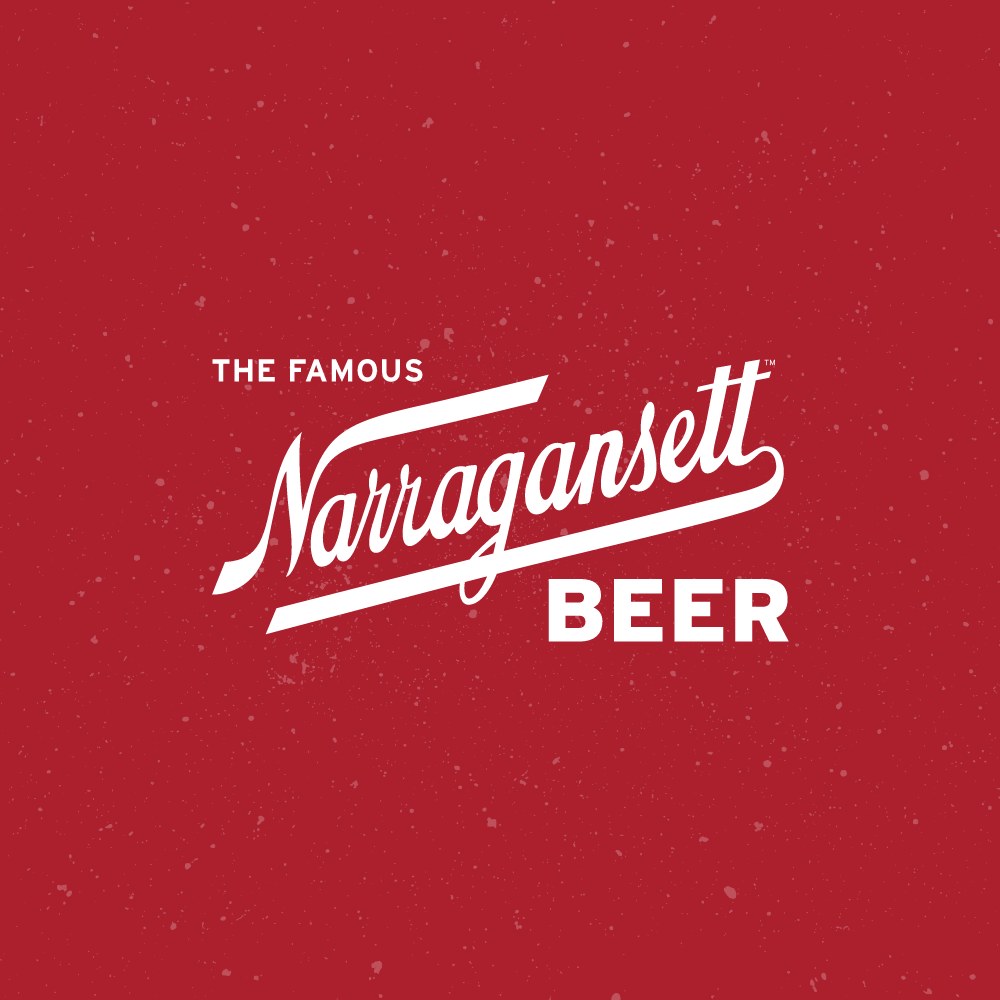Draft Beer and the Racking Room
By. Guy Lister
By now, our guests were really into the tour. They were already amazed and would be asking lot’s of questions. And they almost always received the answers.
The tour would now walk back between the 1890 Room and the Canning Shop, then we’d turn right and again pass the elevators. Our next stop was the Cooper Shop. "Coopers" were the people who repaired the barrels for Draft Beer.
Unlike the barrels of old, which were made of wood, our barrels were now mostly made of stainless steel and I think we had a small number of barrels that were perhaps made of aluminum. Eventually, all the barrels would be made of stainless steel. Also, unlike the barrels of old that set the standard for the unit of measurement of a beer barrel, whish is 31 gallons, our barrels in the Cooper Shop, were actually Half Barrels that hold 15 and one half gallons. Outside The Courtyard, on the old horse drawn wagons, people could see some of the old, wooden "Hogshead" barrels that held 31 gallons. Here, in the Cooper shop, guests would also see the even smaller barrels, which were Quarter Barrels that hold half of a "half", or 7 and one quarter gallons.
John would talk about the men on the horse team wagons in days of old, some of whom could reported carry a "hogshead" on each shoulder. I found this hard to believe but it was possibly true. The walk through the Cooper Shop was unique among most large brewery tours and it was one of the features that set Narragansett’s Tour apart from the rest.
Along this stretch of the tour, visitors would see the exposed copper pipes on the walls where Brewery workers could open a faucet and get a glass of Brewery-Fresh draft beer, which ran through such pipes all throughout the Brewery.
After the Cooper Shop, the tour would get relief from a hot summer day as we would walk through the Storage Cellars, which was where the barreled Draft Beer was kept cold to preserve and protect it freshness. This area was buzzing with activity as the "Towmotor". Or forklift operators were zipping though the cellars carrying pallets of beer barrels to rotate them to be shipped to the market. This was a potentially dangerous area but extra care was taken to ensure the safety of all. The Towmotor drivers were always careful and courteous and would usually stop and smile as the tour walked by, headed for the "Racking Room".
The Racking Room was a fascinating place. It too was a very cold and very clean room where the Draft Beer barrels were actually filled with the finished, filtered product. The "Rackers" were workers who operated the automatic filling machines that would fill the barrels as they layed on their sides. The filler would mate with the "Bung Hole", located on the side of the barrel. As the barrel was being filled, a Racker would ready himself armed with a large wooden mallet and wooden "Bung", which he would slam into the "Bung Hole’ as soon as the barrel would overflow, thereby sealing the barrel shut. The timing and accuracy of the slam was important. Important because all air must be out of the barrel before the Bung was put in. "Air is the enemy of a loaf of bread and air is the enemy of beer," John would often say. Accuracy was important to ensure a proper seal.
John English would sometimes tell a story about a television interview once held in The Racking Room. I say sometimes because it would depend on whether or not he thought a group could handle it. He’d usually know about a group shortly we’d get back to the 1890 Room and after our guests had a couple glasses of beer. John was impish like that but sometimes he’d get his wrists slapped.
Make sure you check back next week as we continue into Lister’s part one of The Narragansett Brewery Tour.
Guy Lister gave Narragansett Brewing Company full consent to post his story on our website. However, it remains the intellectual property of Guy Lister and may not be printed, reprinted, edited, sold or published, conventionally, electronically, or by other means without the expressed written approval of Guy Lister. Copyright 2001.

